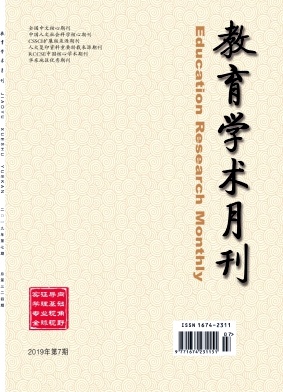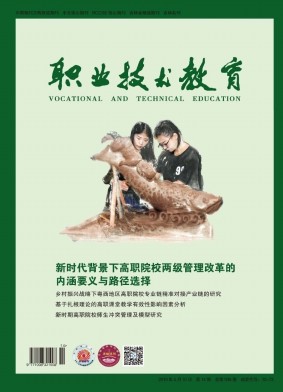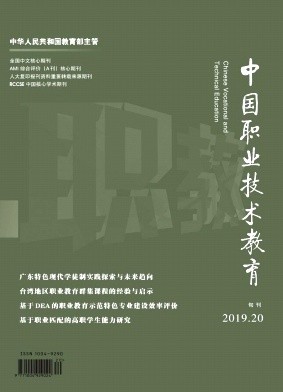摘要 目的探讨聚甲基丙烯酸甲酯(polymethyl methacrylate,PMMA)骨水泥与同种异体骨混合物强化羊骨质疏松性压缩骨折椎体的可行性以及生物力学性能。方法取市售成年山羊腰椎(L1~L5)椎体共75个,首先脱钙处理制备骨质疏松椎体模型,测量椎体体积以及脱钙前后椎体质量、骨密度。然后将骨质疏松椎体模型置于力学试验仪,测量失效强度、失效位移以及刚度后,制备椎体压缩性骨折模型并分别注射同种异体骨(A组,n=25)、PMMA骨水泥(B组,n=25)、同种异体骨及PMMA骨水泥1∶1比例混合物(C组,n=25)进行强化,CT观察椎体中植入物分布后,再次测量椎体失效强度、失效位移以及刚度。结果各组椎体脱钙前质量、骨密度及体积比较,差异均无统计学意义(P>0.05);脱钙后椎体骨密度及下降比、质量比较,差异亦无统计学意义(P>0.05)。3组组内脱钙前后椎体质量以及骨密度比较,差异均有统计学意义(P<0.05)。CT示各组填充物在椎体内弥散均匀,均无渗漏表现。骨折前,3组椎体失效强度、失效位移及刚度比较,差异均无统计学意义(P>0.05);经强化处理后,A组失效位移明显大于B、C组,失效强度及刚度小于B、C组;C组失效位移大于B组,失效强度及刚度小于B组;组间比较差异均有统计学意义(P<0.05)。除A组失效强度(P>0.05)外,其余各组组内骨折前与强化后的失效强度、失效位移以及刚度比较,差异均有统计学意义(P<0.05)。结论 PMMA骨水泥与同种异体骨1∶1比例混合物能提高羊骨质疏松性压缩骨折椎体强度,同时恢复椎体初始刚度,具有良好的力学性能,可作为经皮椎体成形术中填充材料的选择之一。 Objective To investigate the feasibility and mechanical properties of polymethyl methacrylate(PMMA) bone cement and allogeneic bone mixture to strengthen sheep vertebrae with osteoporotic compression fracture.Methods A total of 75 lumbar vertebrae(L1-L5) of adult goats was harvested to prepare the osteoporotic vertebral body model by decalcification. The volume of vertebral body and the weight and bone density before and after decalcification were measured. And the failure strength, failure displacement, and stiffness were tested by using a mechanical tester. Then the vertebral compression fracture models were prepared and divided into 3 groups(n=25). The vertebral bodies were injected with allogeneic bone in group A, PMMA bone cement in group B, and mixture of allogeneic bone and PMMA bone cement in a ratio of 1∶1 in group C. After CT observation of the implant distribution in the vertebral body, the failure strength, failure displacement, and stiffness of the vertebral body were measured again. Results There was no significant difference in weight, bone density, and volume of vertebral bodies before decalcification between groups(P>0.05). After decalcification, there was no significant difference in bone density, decreasing rate, and weight between groups(P>0.05). There were significant differences in vertebral body weight and bone mineral density between pre-and post-decalcification in 3 groups(P<0.05). CT showed that the implants in each group were evenly distributed in the vertebral body with no leakage. Before fracture, the differences in vertebral body failure strength, failure displacement, and stiffness between groups were not significant(P>0.05). After augmentation, the failure displacement of group A was significantly greater than that of groups B and C, and the failure strength and stiffness were less than those of groups B and C, the failure displacement of group C was greater than that of group B, and the failure strength and stiffness were less than those of group B, the differences between group
出处 《中国修复重建外科杂志》 CAS CSCD 北大核心 2021年第4期471-476,共6页 Chinese Journal of Reparative and Reconstructive Surgery
基金 东莞市社会科技发展重点项目(2018507150241633)。
关键词 椎体压缩性骨折 骨质疏松 聚甲基丙烯酸甲酯骨水泥 同种异体骨 经皮椎体成形术 生物力学 羊 Vertebral compression fracture osteoporosis polymethyl methacrylate bone cement allogeneic bone percutaneous vertebroplasty biomechanics sheep
分类号 R68 [医药卫生—骨科学]




